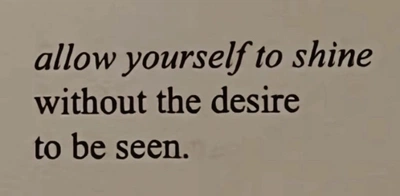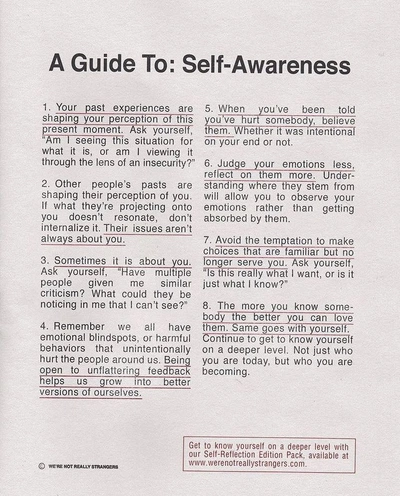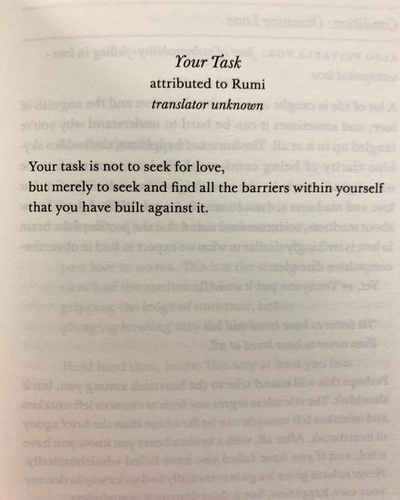Sense of
Maslow was unhappy with self-actualization being the final need in his pyramid – the pinnacle. During self-actualization, we are still focused on oneself. And generally speaking that selfish pursuit of self-fulfillment ends up feeling shallow. In a great paradox, by focusing on reaching self-actualization you can’t ever truly attain it. To truly be satisfied and fulfilled as a person, we must focus on more than ourself – we must look externally.
As such, towards the end of his life, Maslow added a new pinnacle to his hierarchy: the need for self-transcendence – following a very important conversation.
Maslow and Self-Transcendence. As we’ve just learned, self-actualization refers to fulfilling our own potential. Whereas, self-transcendence is about transcending the self to focus on something “bigger”. It is s a shift in value from the self to something greater – another person, society as a whole, the universe, etc.
Self-transcendence is the realization that you are a small part of a greater whole. and that you must take responsibility for the world and society. It is only in putting others ahead of yourself (through self-transcendence) that one is able to actually achieve self-actualization.
Note: Maslow died before being able to develop the 6th pillar (self-transcendence) of his Hierarchy of Needs → Physiological needs > Safety needs > Love and belonging > Esteem > Self actualization.
If we are constantly performing the self to the ubiquitous and persistent audiences that social media platforms provide, then interiority is no longer central to selfhood and no longer assumed in the same way. Instead, our performances establish ourselves for others, and how those performances are received conveys a sense of selfhood back to us.


Is there a way of reconciling these two accounts of the self – the relational, world-embracing version, and the autonomous, inward one? The 20th-century Russian philosopher Mikhail Bakhtin believed that the answer lay in dialogue. We need others in order to evaluate our own existence and construct a coherent self-image. Think of that luminous moment when a poet captures something you’d felt but had never articulated; or when you’d struggled to summarise your thoughts, but they crystallised in conversation with a friend. Bakhtin believed that it was only through an encounter with another person that you could come to appreciate your own unique perspective and see yourself as a whole entity. By ‘looking through the screen of the other’s soul,’ he wrote, ‘I vivify my exterior.’ Selfhood and knowledge are evolving and dynamic; the self is never finished – it is an open book.
Finding yourself is actually returning to yourself. An unlearning, an excavation, a remembering of who you were before the world got its hands on you.” Emily McDowell

“The path isn’t a straight line; it’s a spiral. You continually come back to things you thought you understood and see deeper truths.” source: Barry H. Gillespie
